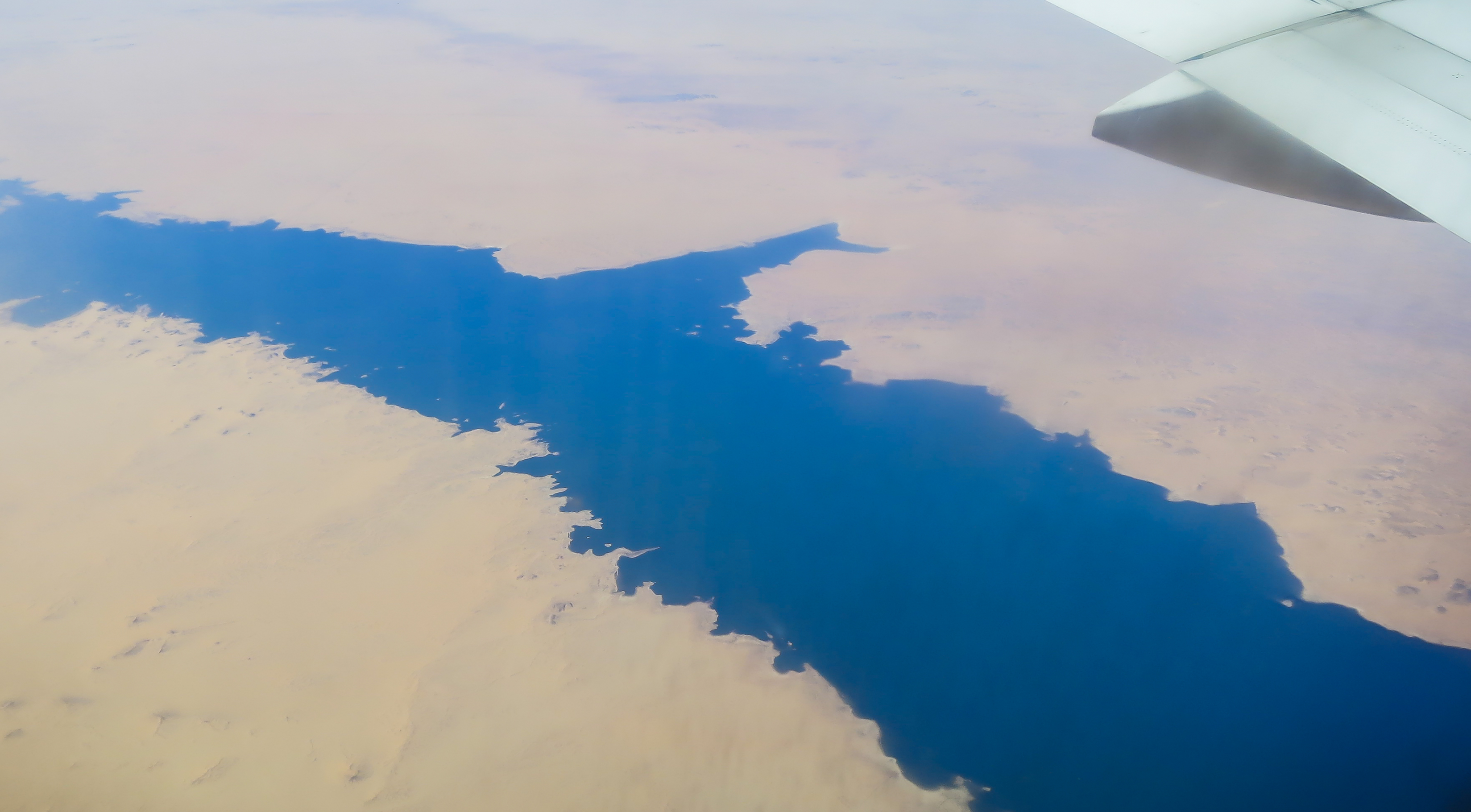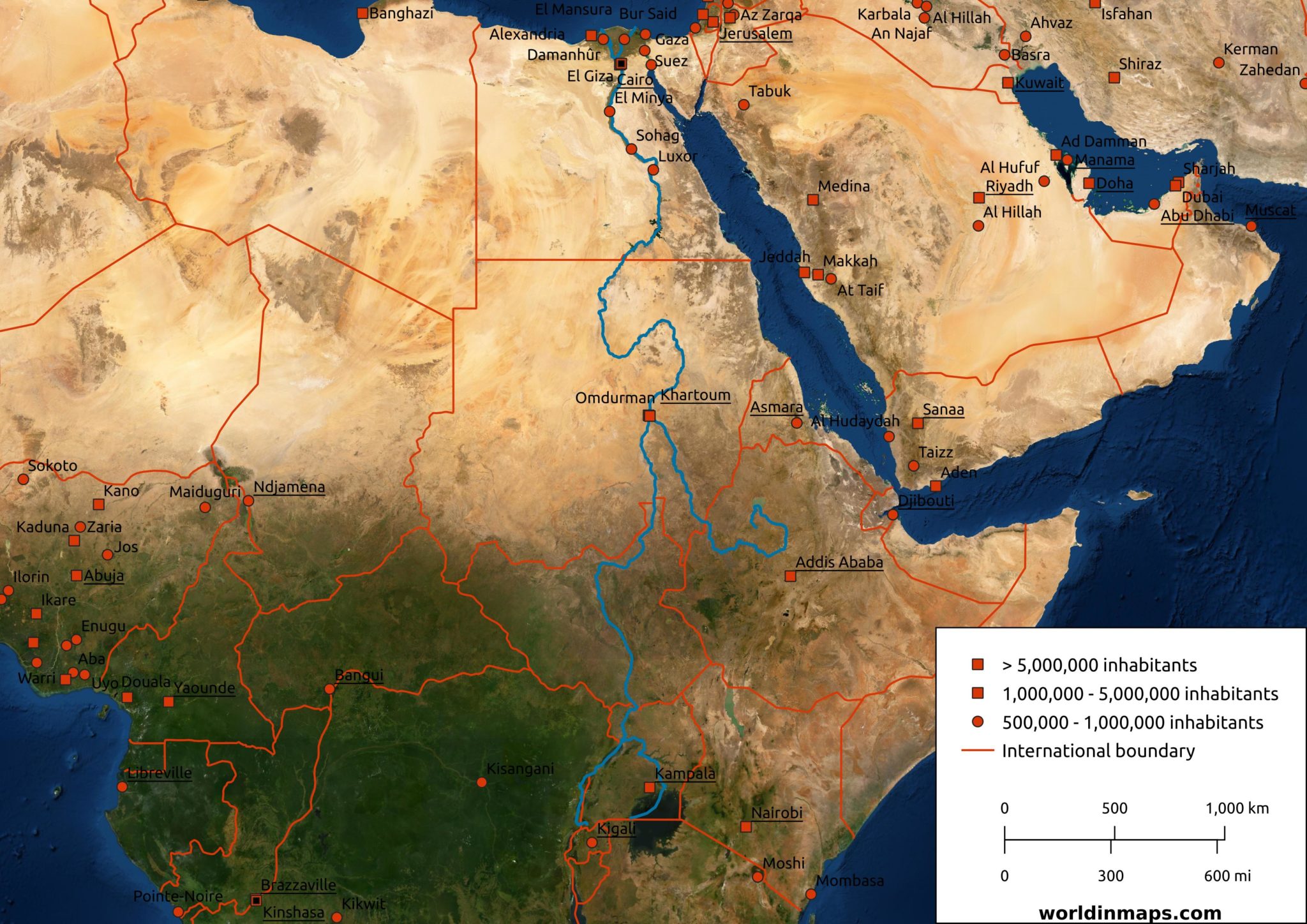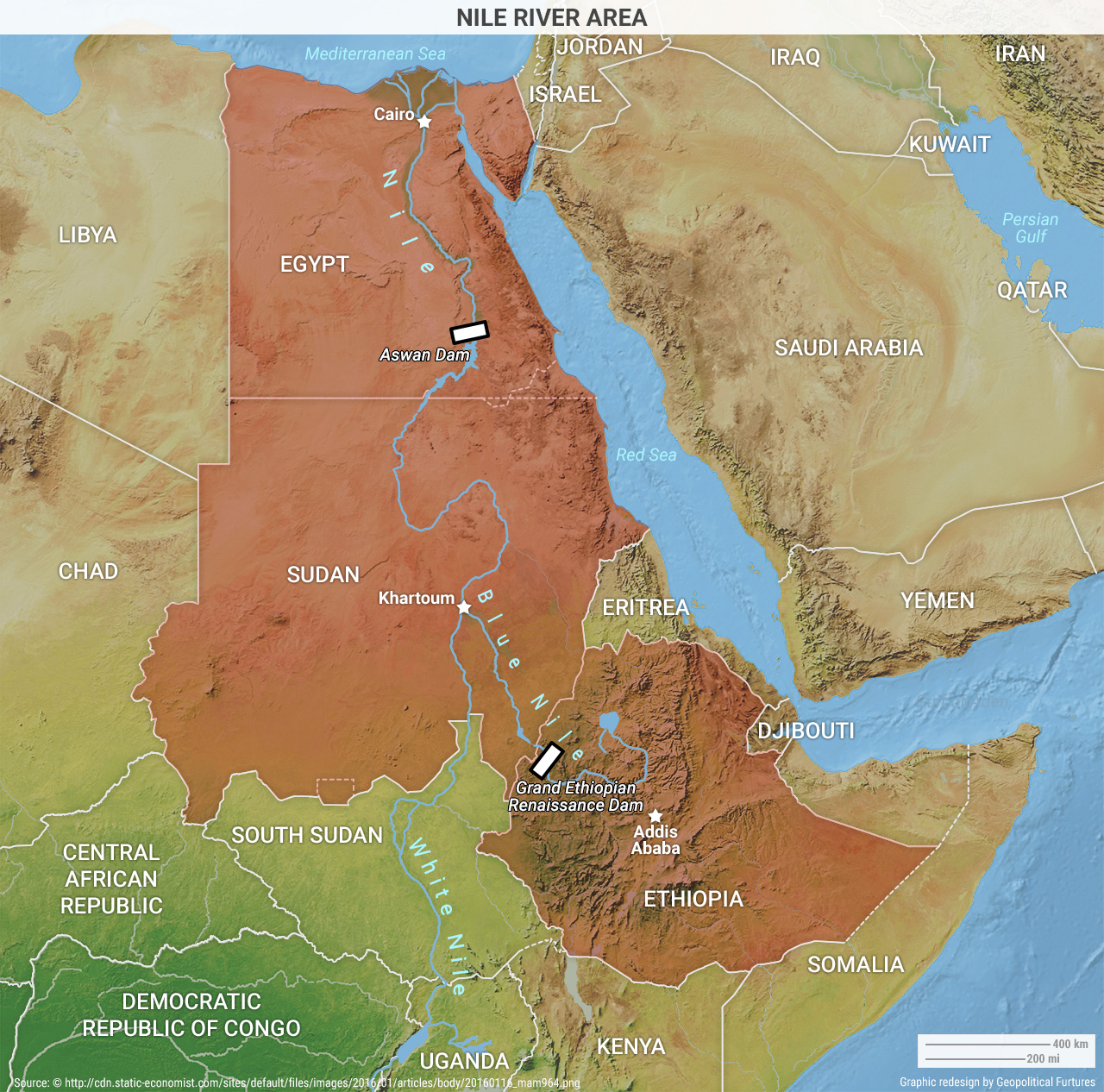Sudan: Exploring The Heart Of The Nile Valley is an exhaustive guide that delves into the historical, cultural, and geographical significance of the Nile River Valley in Sudan.
Editor's Notes: Sudan: Exploring The Heart Of The Nile Valley has published today 15 March, 2023. This in-depth guide is an invaluable resource for travelers, historians, and anyone interested in understanding the rich heritage of this captivating region.
Our team has dedicated significant effort to researching, analyzing, and compiling information to create this comprehensive guide. As a result, Sudan: Exploring The Heart Of The Nile Valley provides readers with a profound understanding of this extraordinary destination.
Key differences or Key takeways:
| Feature | Sudan: Exploring The Heart Of The Nile Valley |
|---|---|
| Coverage | Comprehensive guide to the Nile River Valley in Sudan, including historical, cultural, and geographical aspects |
| Target Audience | Travelers, historians, and anyone interested in the Nile River Valley and Sudanese culture |
| In-Depth Analysis | Provides detailed insights into the region's history, archaeology, and cultural heritage |
| Practical Information | Includes practical travel tips, maps, and recommendations for exploring the Nile River Valley in Sudan |
Transition to main article topics:
FAQ
Learn more about the intriguing history, fascinating culture, and captivating natural wonders of Sudan, the enigmatic land at the heart of the Nile Valley.

File:Nile River at the border of Egypt and Sudan.jpg - Wikimedia Commons - Source commons.wikimedia.org
Question 1: What are the main tourist attractions in Sudan?
Sudan boasts numerous historical and cultural treasures, including the ancient pyramids of Meroe, the enigmatic ruins of Musawwarat es-Sufra, and the awe-inspiring temples of Kerma. Its natural wonders include the vast Nubian Desert, the pristine Red Sea coast, and the tranquil Dinder National Park.
Question 2: Is it safe to travel to Sudan?
While the security situation in Sudan has improved in recent years, it is still important to exercise caution. Travelers are advised to stay informed about the latest travel advisories, avoid certain areas of the country, and take necessary precautions.
Question 3: What is the best time to visit Sudan?
The best time to visit Sudan is during the cooler months of October to March, when temperatures are more manageable. However, it is important to note that some attractions, such as the pyramids of Meroe, may be closed during the hottest months.
Question 4: What is the local currency of Sudan?
The official currency of Sudan is the Sudanese pound (SDG). Travelers are advised to exchange their currency before arriving in the country, as credit cards are not widely accepted.
Question 5: What is the official language of Sudan?
The official languages of Sudan are Arabic and English. However, many other local languages and dialects are spoken throughout the country.
Question 6: Can I obtain a visa upon arrival in Sudan?
Citizens of most countries can obtain a visa upon arrival at Khartoum International Airport. However, it is advisable to check the latest visa requirements with the Sudanese embassy or consulate in your home country.
Sudan, Exploring The Heart Of The Nile Valley, offers a captivating blend of history, culture, and natural beauty. Whether seeking ancient ruins or serene landscapes, travelers will find much to marvel at in this enigmatic land.
Embark on an unforgettable journey to Sudan, where the spirit of ancient civilizations lingers amid breathtaking natural wonders.
Tips for Exploring Sudan: The Heart of the Nile Valley
Sudan, nestled in the heart of the Nile Valley, offers an abundance of ancient treasures, vibrant culture, and breathtaking landscapes. To ensure a fulfilling adventure, consider these invaluable tips:

A Journey Through Time And Space: Exploring The Maps Of Sudan And - Source mapspecialist.pages.dev
Tip 1: Plan Your Itinerary Thoroughly: Sudan is a vast country, so plan your itinerary meticulously to maximize your time. Include must-see attractions like the Pyramids of Meroë, the National Museum of Sudan, and the Suakin Archipelago.
Tip 2: Secure Necessary Visas and Permits: Tourists require visas to enter Sudan. Obtain them well in advance to avoid delays. Additionally, certain areas may require special permits, such as the Nuba Mountains.
Tip 3: Respect Local Customs and Traditions: Sudan is a conservative society. Dress modestly and behave respectfully in public places. Avoid controversial topics or discussions that may offend locals.
Tip 4: Learn Basic Arabic Phrases: While some Sudanese speak English, learning a few local phrases will enhance your interactions. Greetings, common words, and bargaining terms are useful.
Tip 5: Seek a Local Guide: A knowledgeable local guide can provide invaluable insights into Sudanese history, culture, and navigate complex situations. Their expertise will enrich your experience.
Tip 6: Be Prepared for Weather Extremes: Sudan experiences extreme temperatures in both summer and winter. Pack appropriate clothing and stay hydrated, especially during the hot season. Sunscreen and sunglasses are essential.
Tip 7: Respect the Environment: Sudan is home to diverse ecosystems. Avoid littering or harming wildlife. Respect protected areas and follow local guidelines for responsible tourism.
Summary: By embracing these tips, you can enhance your journey into the heart of the Nile Valley. Sudan offers a unique and unforgettable experience, so prepare meticulously to make the most of its wonders.
Sudan: Exploring The Heart Of The Nile Valley
Sudan, a land of ancient civilizations and natural wonders, lies at the heart of the Nile Valley. Its diverse cultural heritage, historical sites, and breathtaking landscapes offer a captivating journey into the past and present of this enigmatic country.
- Nubian History: Sudan is home to the ancient Nubian civilization, renowned for its pyramids, temples, and rich cultural legacy.
- Nile River: The Nile River, the lifeblood of Egypt and Sudan, flows through the heart of the country, shaping its landscape and history.
- Diverse Cultures: Sudan is a melting pot of cultures, with a rich blend of Arab, African, and Nubian influences.
- Natural Wonders: From the vast Nubian Desert to the lush Sudd wetlands, Sudan's natural beauty is unparalleled.
- Archaeological Sites: The Meroe Pyramids, the Temple of Amun at Jebel Barkal, and other archaeological sites provide glimpses into Sudan's glorious past.
- Contemporary Sudan: Explore the vibrant cities of Khartoum, Omdurman, and Port Sudan, witnessing the modern face of Sudan.
The key aspects of Sudan's history, culture, and geography converge to create a tapestry of experiences for travelers. From exploring ancient ruins to marveling at natural wonders, Sudan invites visitors to delve into the heart of the Nile Valley and discover its untold stories.

mtDNA analysis in ancient Nubians supports the existence of gene flow - Source www.docdroid.net

Sudan Nile River Map - Source mavink.com
Sudan: Exploring The Heart Of The Nile Valley
The connection between "Sudan: Exploring The Heart Of The Nile Valley" lies in the book's comprehensive exploration of the region. The book provides an in-depth look at the history, culture, and environment of Sudan, with a particular focus on the Nile River, which has been a vital part of the region's development. The book also highlights the challenges facing Sudan today, such as poverty, conflict, and environmental degradation.

Exploring Khartoum, a microcosm of Sudan's history and cultures - Source stujarvis.com
This topic is important because it provides a deeper understanding of a region that is often overlooked. Sudan is a country with a rich history and culture, and the Nile River has played a major role in its development. However, the country has also faced many challenges, and understanding these challenges is essential for finding solutions. The book provides a comprehensive overview of Sudan's history, culture, and environment, and it offers insights into the challenges facing the country today.
The connection between "Sudan: Exploring The Heart Of The Nile Valley" and its importance is evident in the book's focus on the Nile River. The Nile River is the lifeblood of Sudan, and it has played a major role in the country's development. The book provides a detailed look at the river's history, its importance to the people of Sudan, and the challenges facing the river today.
Table of Contents
| Chapter | Topic |
|---|---|
| 1 | The History of Sudan |
|2 | The Culture of Sudan |
|3 | The Environment of Sudan |
|4 | The Challenges Facing Sudan |
|5 | The Future of Sudan |
Conclusion
Sudan: Exploring the Heart of the Nile Valley is a valuable resource for anyone interested in learning more about Sudan. The book provides a comprehensive overview of the country's history, culture, and environment, and it offers insights into the challenges facing Sudan today. The book is also a call to action, urging readers to learn more about Sudan and to support efforts to improve the lives of its people.
The Nile River is a vital part of Sudan's present and future. The river provides water for drinking, irrigation, and transportation. It is also a source of food and recreation. However, the Nile River is also facing challenges, such as pollution, climate change, and dam construction. These challenges threaten the river's ability to support the people of Sudan.
It is important to understand the connection between "Sudan: Exploring The Heart Of The Nile Valley" and its importance because it helps us to understand the challenges facing Sudan today. The book provides a comprehensive overview of Sudan's history, culture, and environment, and it offers insights into the challenges facing the country today. The book is a valuable resource for anyone interested in learning more about Sudan and its people.